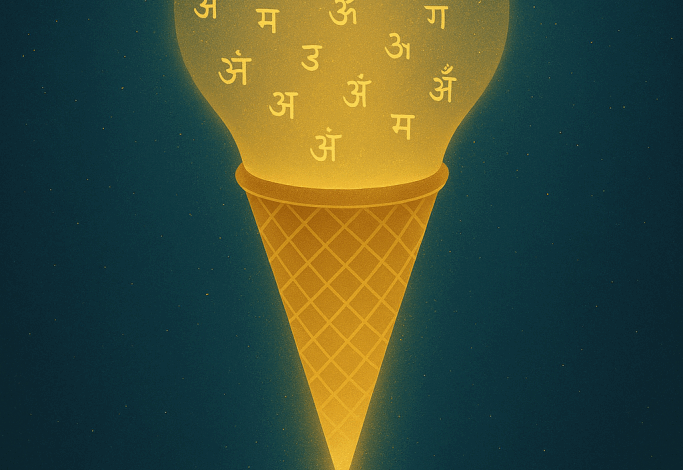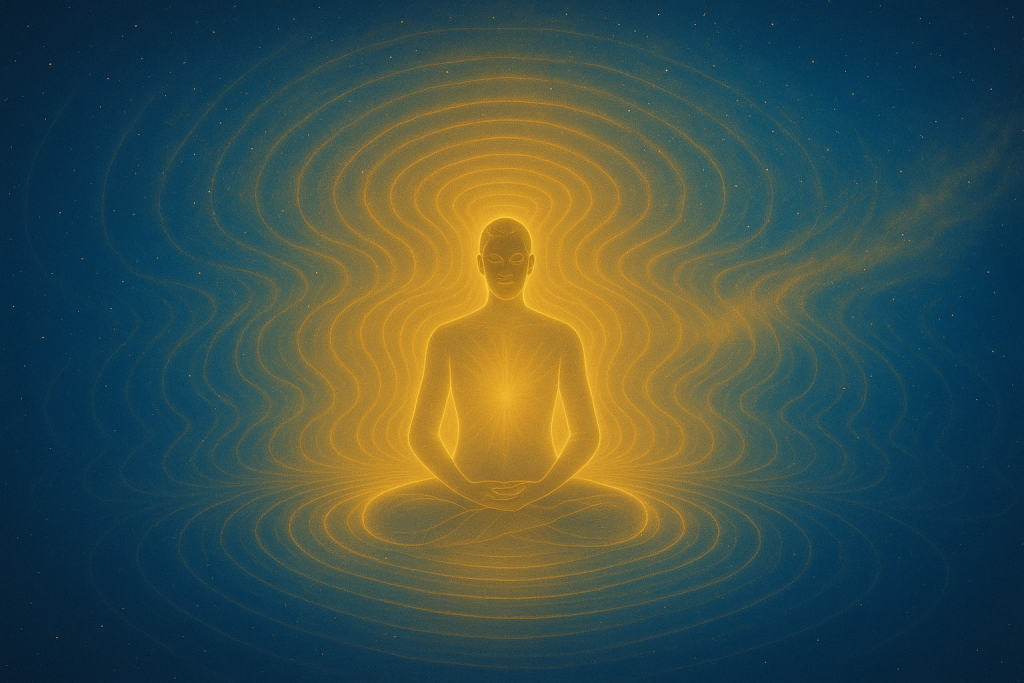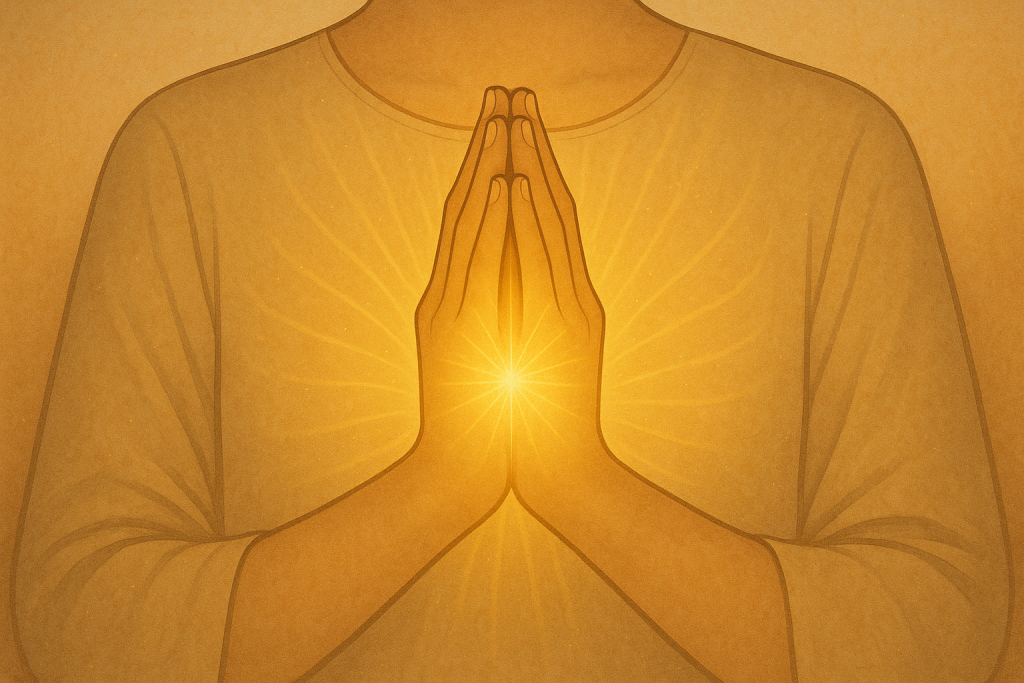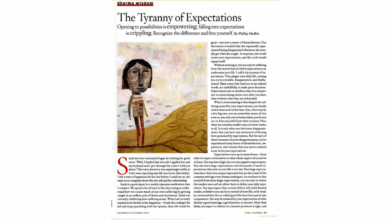Becoming the Mantra: Gururaj on the Heart of Mantra Meditation : Meditation Techniques

“The ideal is this—that you have to become the mantra.” — Gururaj Ananda Yogi
Mantra meditation sits at the center of the Path of Unfoldment because it is both intimate and universal: a sound-form tuned to your individual vibration that guides awareness back to the source of all sound and silence. In a lively satsang of rapid-fire questions and warm humor, Gururaj Ananda Yogi sketched a clear, practical map for mantra practice—how to schedule it, what it does, how it deepens, and what “becoming the mantra” truly means. Here’s the essence, straight from that dialogue with disciples.
A Simple, Doable Daily Rhythm
When students asked how to fit multiple practices into busy lives, Gururaj cut through the overwhelm:
You only need one hour for your spiritual practices: ½ hour for mantra meditation and ½ hour for tratak, alternating as you wish. Practices like gurushakti and chakra swirling can be integrated into daily activity—“even while you’re washing dishes or driving a car.”
The principle is elegant: make the core formal, keep the auxiliaries fluid. Sit daily for mantra; weave energy practices into the fabric of ordinary moments. Spiritual life is not a separate compartment—it’s a current running through everything.
Your Mantra: Personal, Stable, and Ever-Subtler

A common concern: If my vibration evolves, does my mantra change? Gururaj’s answer is reassuring and profound:
“Your personal vibration never changes. It can only be heightened. As you progress, the mantra becomes subtler and subtler, receding toward its ‘narrow end’ until it is experienced as a pure impulse.”
Think of the mantra like an ice-cream cone turned on its tip: we begin at the broad, audible end—clear syllables. With practice, perception refines; sound thins, softens, brightens, until the mantra is felt as a living pulse. Advanced practitioners find it self-arising—“as I am sitting here, my mantra is going on”—whether they are speaking, walking, or working.
This is not hypnotic repetition; it is resonance. Your mantra is a precise mirror of your compacted vibration. Properly used, it is always harmonious—if it feels “uncomfortable,” the issue is usually pronunciation or application, not the mantra itself.
The Destination: Identity with Sound
“You have to become the mantra. If a machine could dissolve a person to their sound value, what would be heard would be your mantra. When you become the mantra, you become one with the entirety of existence.”
This is the heart of the path: from repeating a sound, to being moved by it, to being it. Along the way, mantra coordinates the conscious, subconscious, and supraconscious streams of mind; it clears turbulence, steadies attention, and opens the heart. The fruit is integration—and with it, compassion and objectivity. Even strong reactions like anger lose their grip: “as the heart expands… anger is shed like water off a duck’s tail.”

Living Now, Not in the Past
Asked about re-experiencing birth or digging into old traumas, Gururaj was crisp:
“No value at all… What we teach is to live now. We draw from inside the spiritual forces that smooth over traumas and anxieties. We use the power of God, not the power of psychoanalysis.”
Mantra is a now-practice. It doesn’t deny the past; it outshines it.
Sacred Etiquette: Namaste, Blessings, and Energy
The satsang touched the culture that surrounds practice:
- “Namaste” means “I bow to the Divinity within you”—with hands raised at the heart: by action, word, and thought, I honor the Divine in you. It’s more than a greeting; it’s a reminder.
- Blessed items (like a mandala with a metal ring) are energized to help heighten your vibration. If others handle them, the vibratory attunement can be disturbed; they can be recharged if needed.
Be mindful with close contact and aura exchange; sensitivity grows with practice. If you work with touch (e.g., massage), gurushakti is a strong protective tonic.

Hearing the Primal Sound
One questioner described a gentle, all-pervading hum “like crickets.” Gururaj smiled:
“That’s the primal sound of all existence. Very beautiful if you hear it all the time.”
In Sanskrit, sages call this nāda, the subtle continuum out of which all sounds arise. Mantra refines the ear of the heart to rest in that current—effortless, pervasive, self-luminous.
How to Begin (or Refresh) Your Practice
- Set your hour: 30 minutes mantra, 30 minutes tratak (alternate morning/evening to suit your life). Protect it like a meeting with your own innermost Friend.
- Let the mantra lead: Start clearly, then allow it to soften. If syllables blur into a whisper or a pulse, good—follow.
- Integrate energy work: Through the day, lightly attend to a chakra, invoke gurushakti, or remember “Namaste” in action.
- Honor attunement: Keep your blessed items personal; if a piece feels “off,” request a recharge.
- Live now: Use the mantra to return to presence rather than analyzing the past.
Measure by heart: Over time, look for more kindness, steadiness, and spaciousness. These are the real milestones.
A Closing Bow
Mantra meditation, as Gururaj taught it, is disarmingly simple and infinitely deep. You begin by sounding the mantra; the mantra ends by sounding you—until there is no difference. Practice your half hour, every day. We’ll meet—together—in that quiet, shining current.
Namaste: I bow to the Divinity within you.




